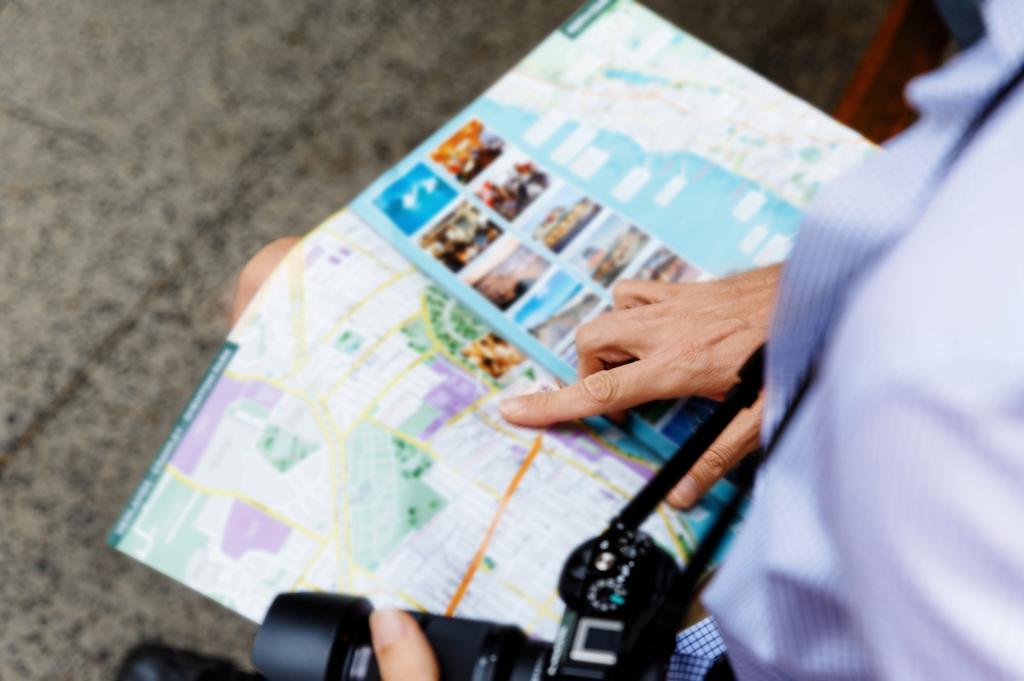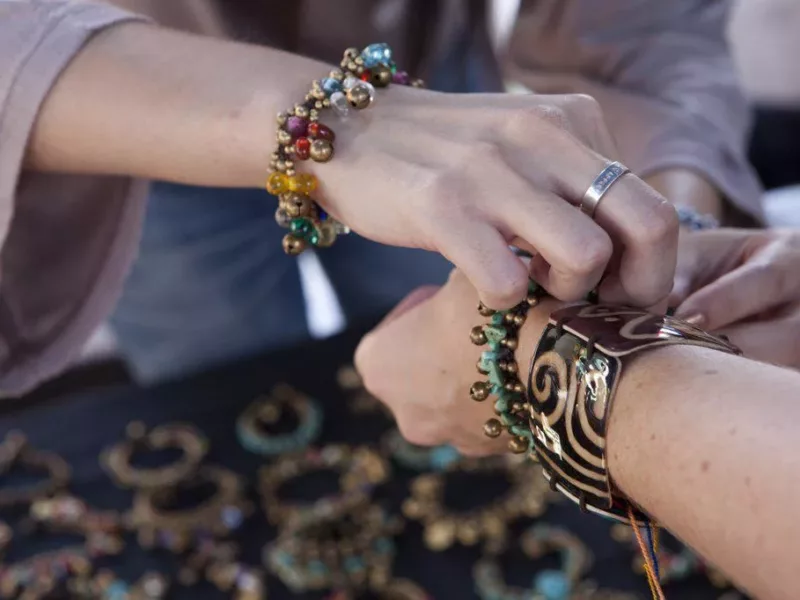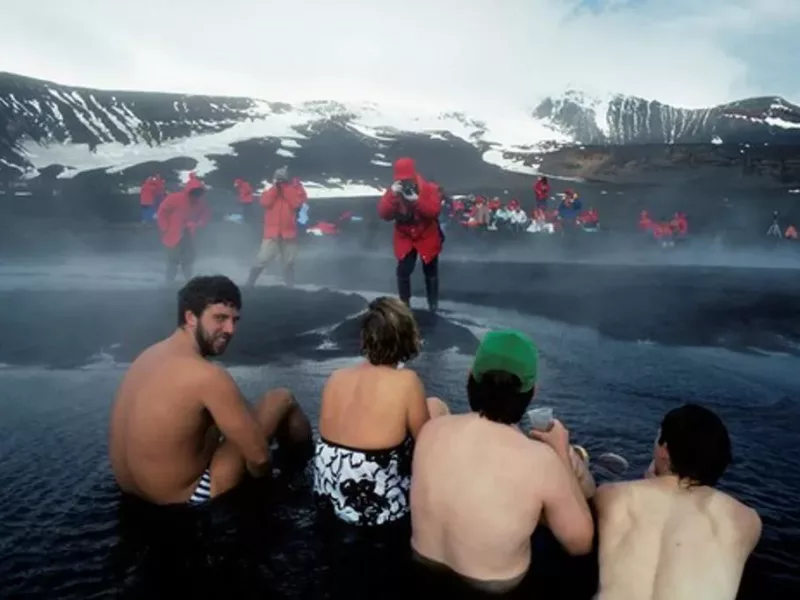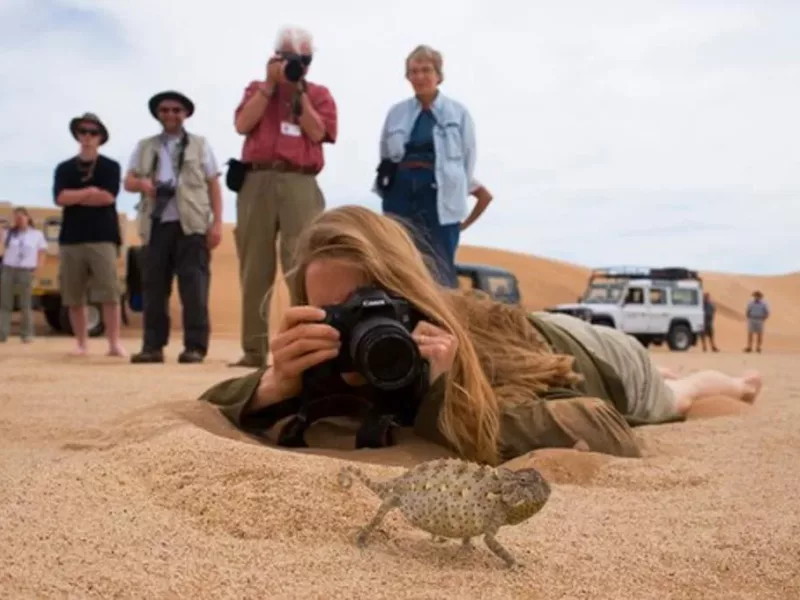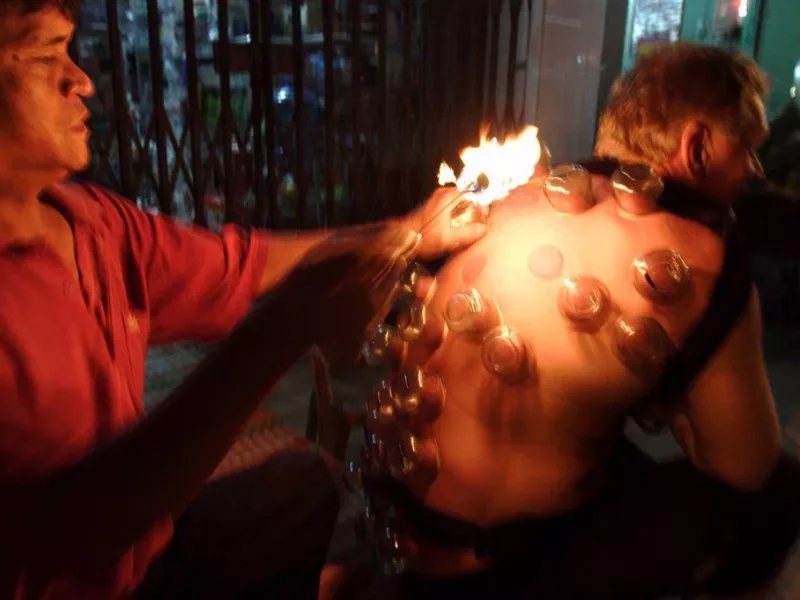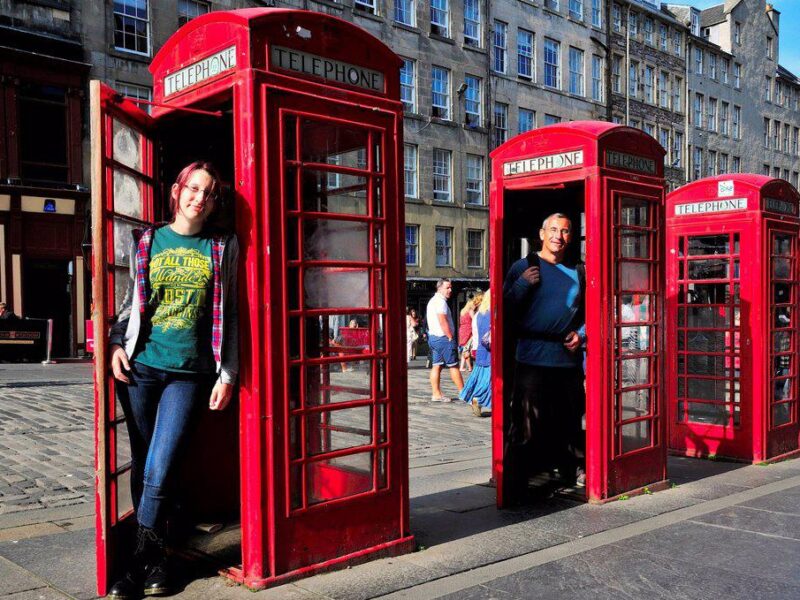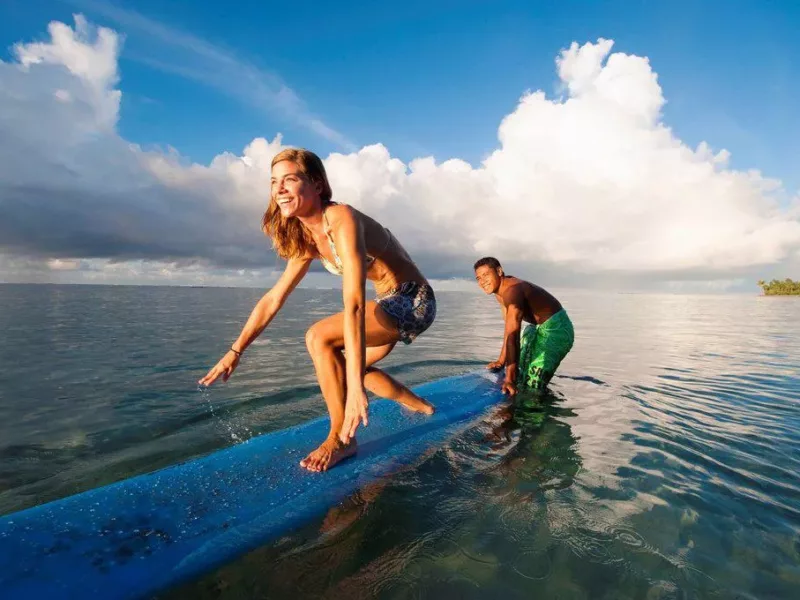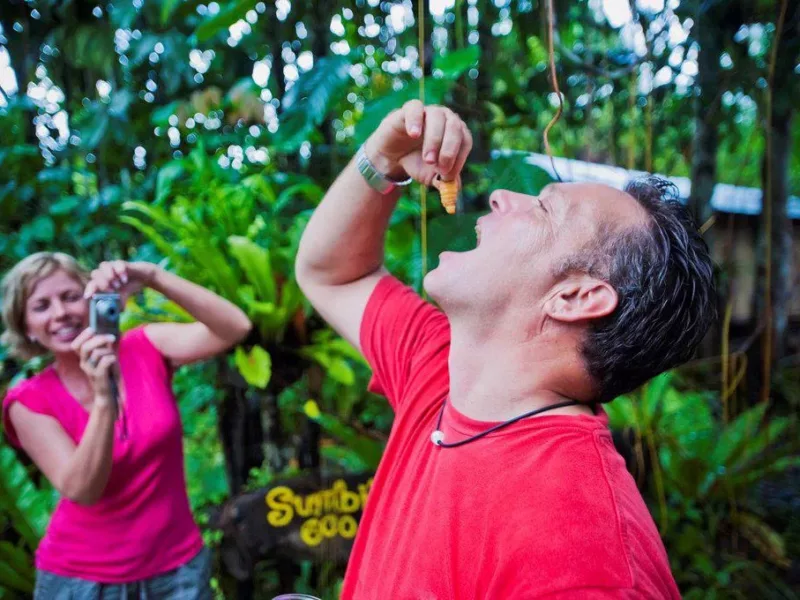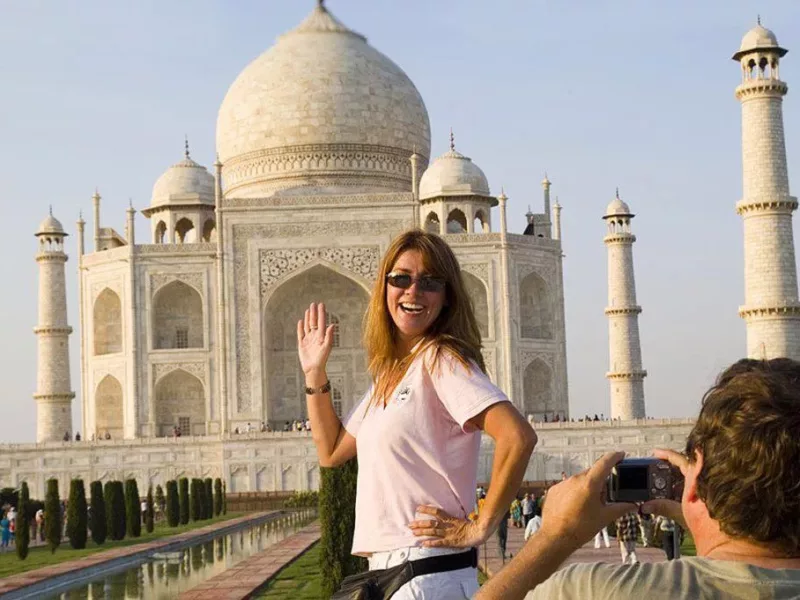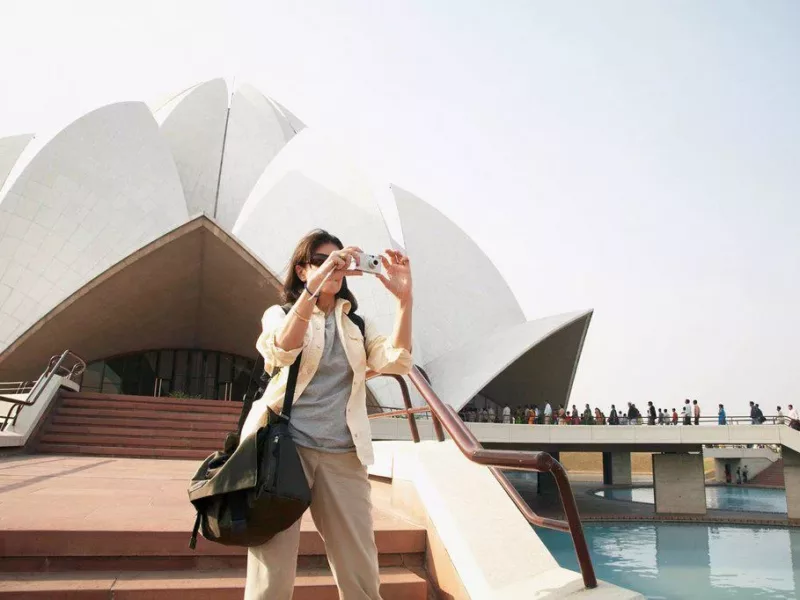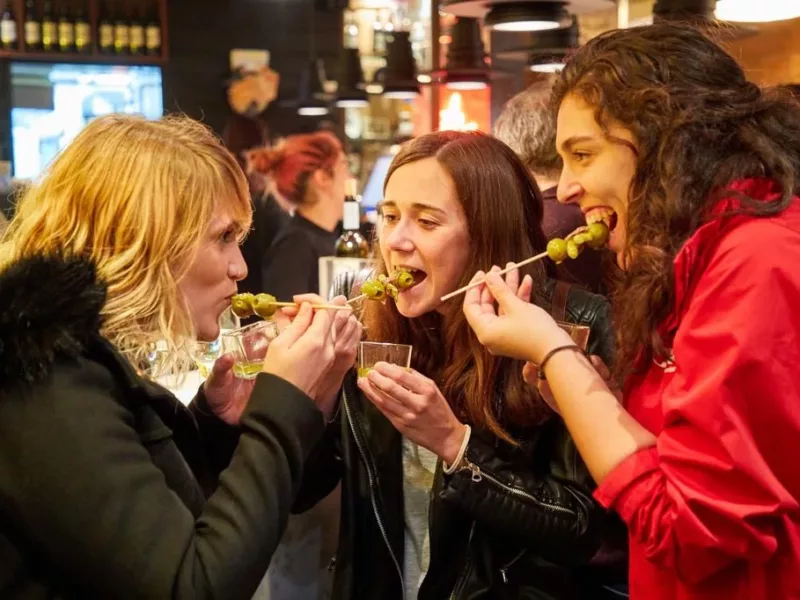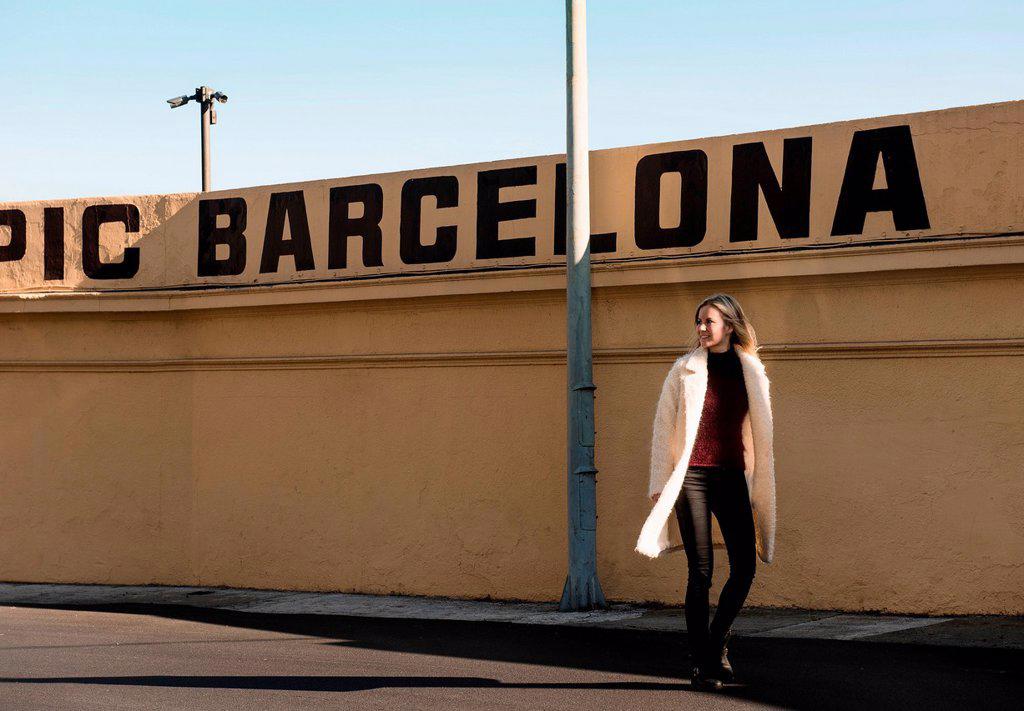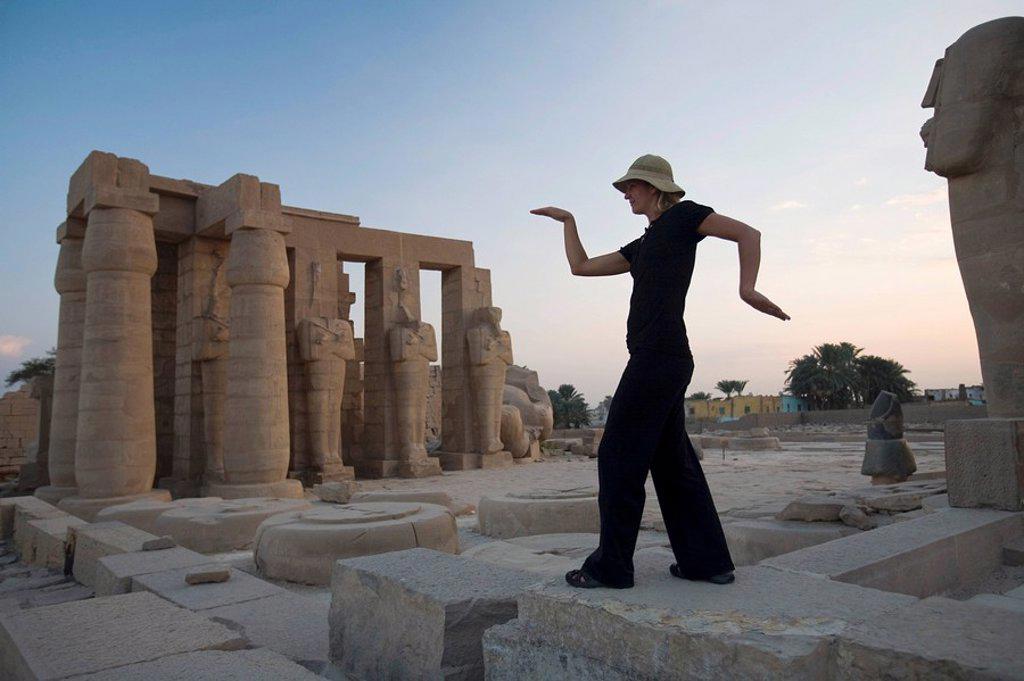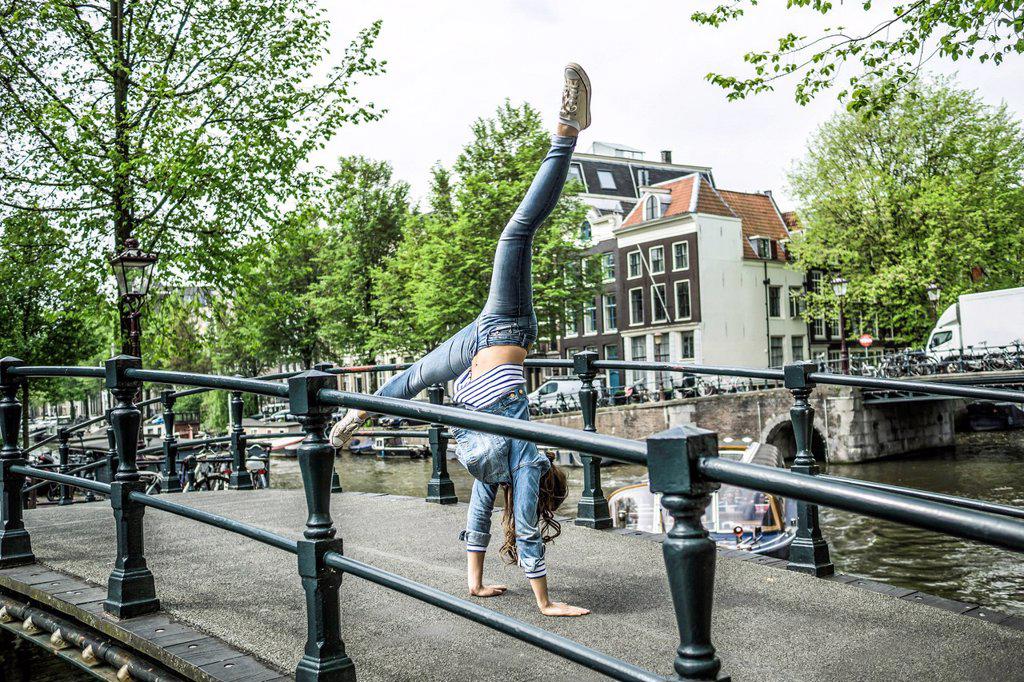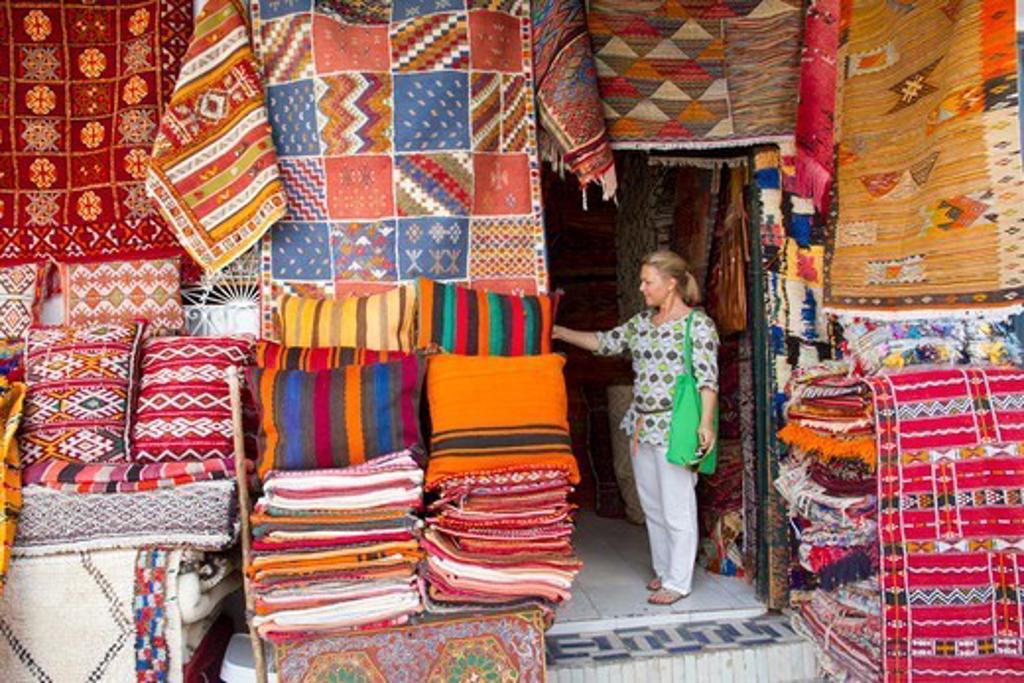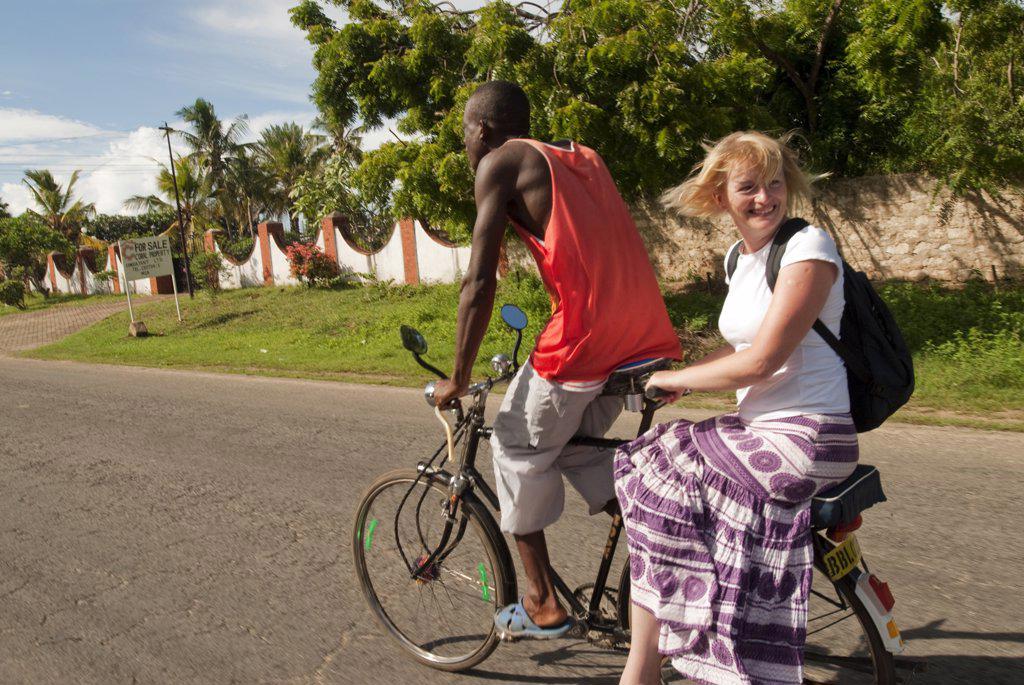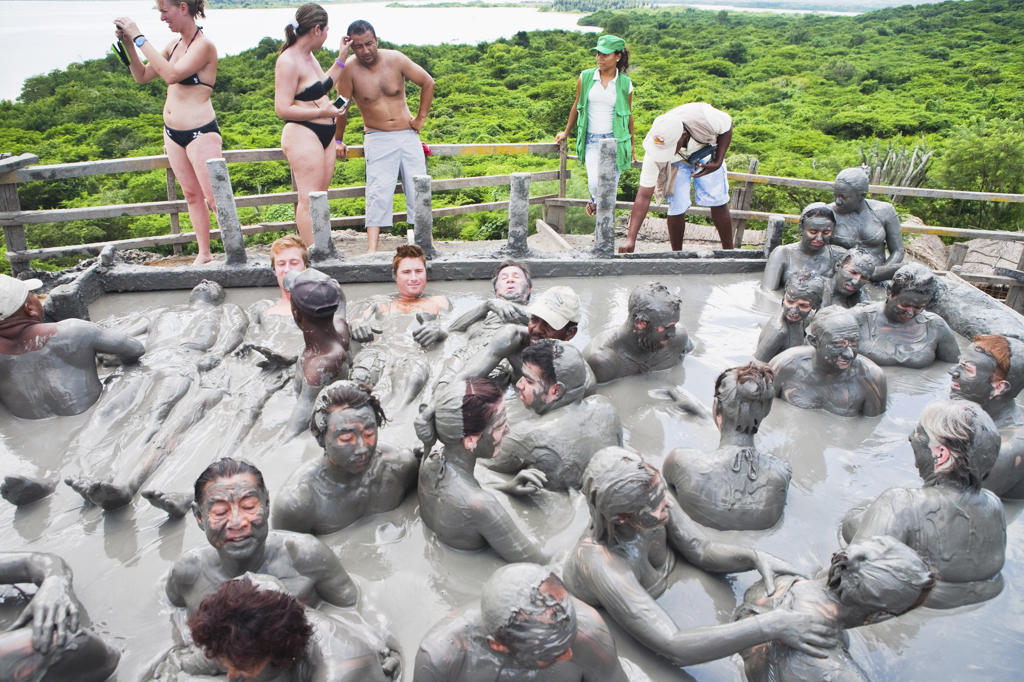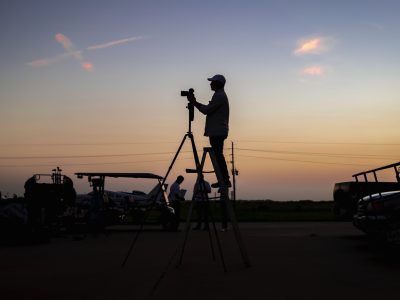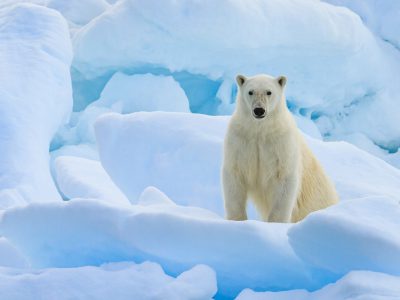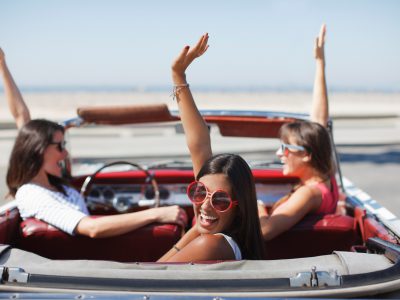Is Your Travel and Tourism Brand Ready for These 5 Trends?
- Which gender overwhelmingly favors traveling alone?
- What’s the difference between a traveler and a tourist?
- What country is home to the “workation?”
Advertising images, in the form of travel posters, have been an important part of the tourism industry for more than a century. These images suggested the excitement and romance of travel to wonderful destinations such as the Champs-Elysees and Eiffel Tower, bullfights in Madrid and the skyline of New York City. In fact, these now vintage posters were so spectacular, they have become highly sought after (and expensive) collectibles and found in contemporary museums, galleries, and homes.
After the entire world was forced to shelter in place during the pandemic, travel and tourism has seen a recent resurgence. It is projected to be a billion-dollar industry by 2026 and marketing, advertising and promotion are critical to this growth.
What This Means for You — Brands that serve the travel industry have never seen so many opportunities for growth nor experienced the number of challenges for customer mindshare than now. If you manage the planning and execution of marketing and advertising creative for this industry, there are several big trends that will affect your work. To learn more about them, all aboard!
*****
Are you craving a journey that awakens your soul? Dive into this gallery of traveling images and feel the thrill of adventure ripple through you. Connect with the heart of the traveler and experience their transformative journey.
*****
Five Megatrends for Travel and Tourism
#1 Flying Solo
In the 1932 movie, “Grand Hotel,” Swedish American heartthrob Greta Garbo uttered a sultry sentence that would follow her for the rest of her career: “I want to be alone.” As it turns out, Garbo was ahead of her time.
According to The Wandering RV, “Solo travel is increasing in popularity and its numbers are on the rise. Solo travel statistics indicate that a quarter of all US millennials are expected to engage in some form of travel by themselves each year. Women are leading the way in this market, with a whopping 84% of solo travelers being female.
“With the average worker taking 17.2 days of vacation per year and spending $3,500 to $6,000 per trip, there‘s a lot of money in the travel industry. For their part, millennials travel 35 days a year and like to spend all their free time traveling.”
The Big Takeaway for Travel Brands
This massive generational cohort – the millennials – and the amazing number of women who choose to travel solo, represent the ultimate business funnel for tourism marketing.
Convincing either or both of these groups to choose one hotel or one airline or even one destination over another involves understanding the difference between a tourist and a traveler, as pointed out in the book/movie “The Sheltering Sky.” A tourist is someone who thinks of returning home the moment she arrives. Whereas a traveler may not come back at all. Many in these two groups think of themselves as “travelers,” not “tourists.”
Campaigns for reaching them would be smart to consider several tactics:
- Social media, especially Instagram, Facebook and LinkedIn, are great places to engage both groups.
- Images for advertising and promotion must be chosen with care, with authenticity, cultural sensitivity and humor being excellent strategies.
- Immersive storytelling – putting the travelers inside the stories – rules among these solo-travelers.
#2 Are You Experienced?
Jimi Hendrix knew the benefits of “experiences.” They also float the river boats or cruise ships of current travelers. According to several sources, including this one, “The experience economy is huge in the travel industry. It follows then that fewer and fewer people may be settling for commonplace vacation activities in the coming years. Instead, consumers will pursue authentic experiences, distancing themselves from mainstream tourism providers and venturing into pastimes that feel more meaningful.”
Data insights company “AirSage” marks this as an emerging trend because “people no longer want boring and conventional travel experiences as much as they used to. Instead, they would rather pay for vacations that are once-in-a-lifetime opportunities.”
Even though it is accelerating now, this is not a new trend. Companies such as Airbnb have allowed clients to book “experiences” since 2016. Withlocals also offers “personalized traveling” — the opportunity for travelers to book private tours and activities with locals around the world.
How to Leverage This Trend
Travel and tourism brands can leverage this desire for unique experiences in several ways. Consider:
- Presenting videos of the unique aspects of a destination on social media in the form of short “reels.” Stock video from companies such as SuperStock can make this production more economical.
- Developing earned media opportunities by encouraging user-generated content from travelers who are enjoying unique, off-the-beaten-path experiences and pitching travel journalists to follow along.
- Hotels, airlines, trains, river boats, cruise ships and other transportation means can pursue special “Joint-Venture Adventure” with destinations and post these on social platforms.
#3 Take the Night Train
Recently, international news network CNN reported, “Night trains have been making a resurgence across Europe after decades of decline, raising the prospect of more sustainable ways of crisscrossing the continent as travelers look to find alternatives to flying.
“There’s nothing quite like an overnight train. The excitement before an evening departure. The sense of adventure. The cosmopolitan mix of international travelers. And the timeless cultural appeal that inspired “Murder on the Orient Express.”
There’s also an ecological reason for the rise in popularity of taking the night train. The report notes, “Their recent renaissance though, notably in mainland Europe, owes as much to growing environmental concerns as it does to Agatha Christie or James Bond.
“Spreading quickly from Scandinavia, the flygskam (flight shame) phenomenon is encouraging climate-conscious travelers to seek alternatives to short-haul air travel. Led by Austrian Federal Railways’ (ÖBB) “Nightjet” network, overnight links between major European cities have been restored and expanded over the last few years, reversing decades of dwindling services.”
What This Means for Travel Brands
On-board promotions with food and fashion companies whose products are featured during the trip can turn this night train trend into a fun experience for travelers and a product expansion for luxury brands. A good model for this type of promotion is found here.
#4 Bi-Leisure Travel: Taking a Workation
The pandemic ushered in the work-from-home trend and this new-found flexibility has resulted in yet another, travel-oriented trend. Bi-leisure travel, which involves combining business with leisure travel, has been a boon to every sector of the tourism market.
Basically, this involves a business trip being extended by a few more additional days and making a part of the journey a va-cay! This is especially prevalent in popular recreational destinations.
According to this travel industry source, the latest statistics say there are nearly 5 million digital “nomads” in America. The concept of being location-independent, traveling and working remotely, has become even more popular since the start of the pandemic. To the surprise of no one, the hospitality industry is starting to cater specifically to digital nomads.
What Bi-Leisure Means to Travel Brands
As noted above, popular tourist destinations such as The Azores, Crete, Brussels, Amsterdam, Istanbul, and dozens of other hot spots can easily make work and play co-exist. All it takes is an internet connection, some sun, and a cocktail shaker.
A classic example of a bi-leisure promotional campaign is found in the central American country of Aruba. This little piece of paradise is opening its beaches up to travelers who’d like to work remotely, calling its marketing campaign “One Happy Workation.”
#5 Sustainable Travel Is Here
One of the hallmarks of the younger generations (e.g. millennials and Gen Zs) is the demand for sustainability in every aspect of their lives. Of course, this includes travel. This trend shows up in places like Google where searches for “sustainable travel” are up more than 283% over the past 5 years.
A poll conducted on behalf of Exodus Travels went even deeper into consumer attitudes. It showed:
- 91% of travelers see the importance of taking ethical trips
- 56% believe in buying souvenirs from local merchants
- 44% want to support local businesses at their destination
“Sustainable travel involves minimizing impact on the local cultural environment and taking an eco-friendly approach to the physical environment. Nearly 70% of travelers say they are more likely to book accommodation if they know the property is planet friendly.
What Travel Brands Can Do for Sustainability
The travel industry realizes a powerful, cause-based trend when it sees one, and it is taking action. According to this source, “Many in the travel industry have recently made commitments to preserving the environment. For example, India-based ITC Hotels Group has LEED certified each of its hotels. Plus, hotels in the state of California will no longer be allowed to provide single-use toiletries in plastic bottles to their guests. These are just two of hundreds of travel industry initiatives for sustainability.”
Skift Research, a well-respected travel industry made this summary statement regarding sustainable travel in the future:
“It’s a less flashy way of viewing and traveling the world . . . with an emphasis on safety, sustainability, and profound experiences while getting from point A to B without wrecking the climate and local quality of life in the process”.
Got FOMO?
Those travel posters featuring exotic destinations that were so popular in the early 20th Century represent classic travel marketing. Even today, they convey a sense of freedom to experience something new.
Travel is about finding adventure, perhaps romance and starting to understand the entire mosaic of worldwide culture. It’s a cure for FOMO. It also presents very interesting marketing challenges. Consider this your ticket.
*****
*****
If you’re lucky enough to work on travel and tourism accounts, we have the images you need to capture the imaginations of travels. The research is FREE, and the emotions are priceless.Hit us up here .
